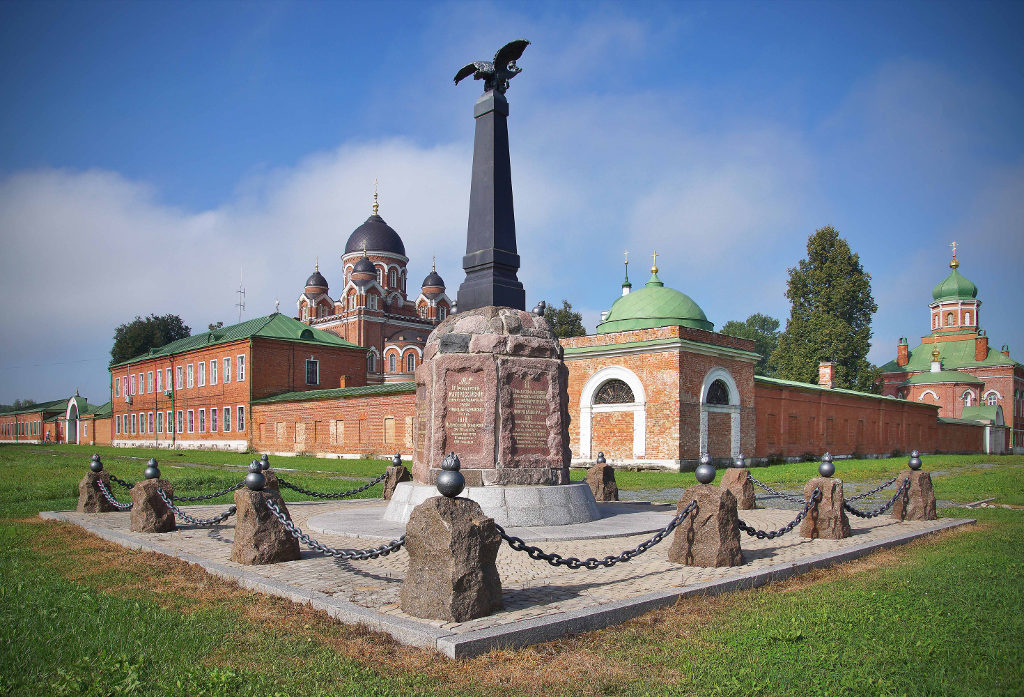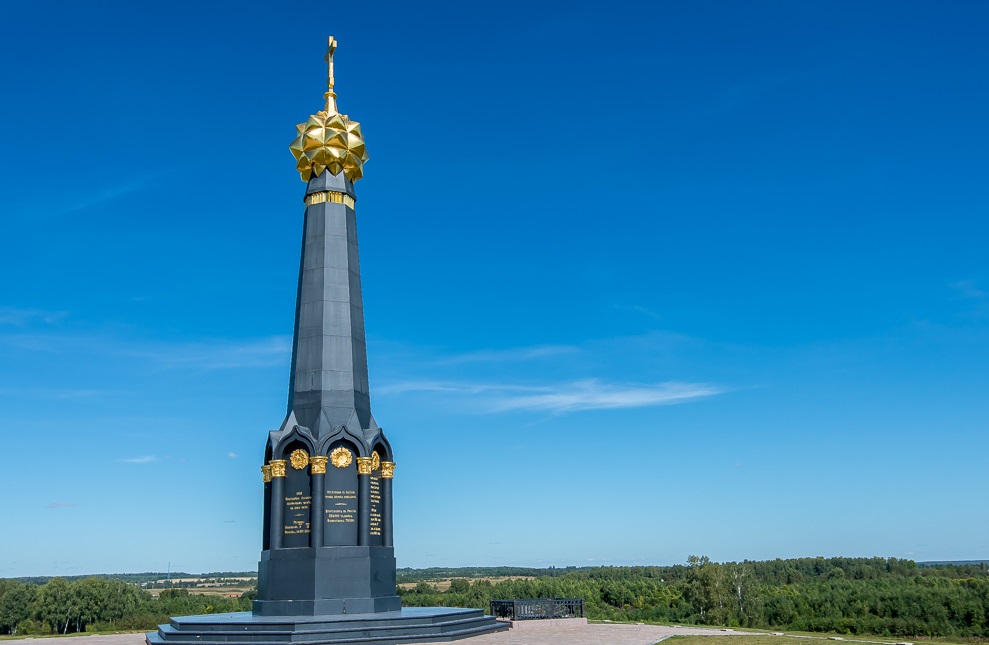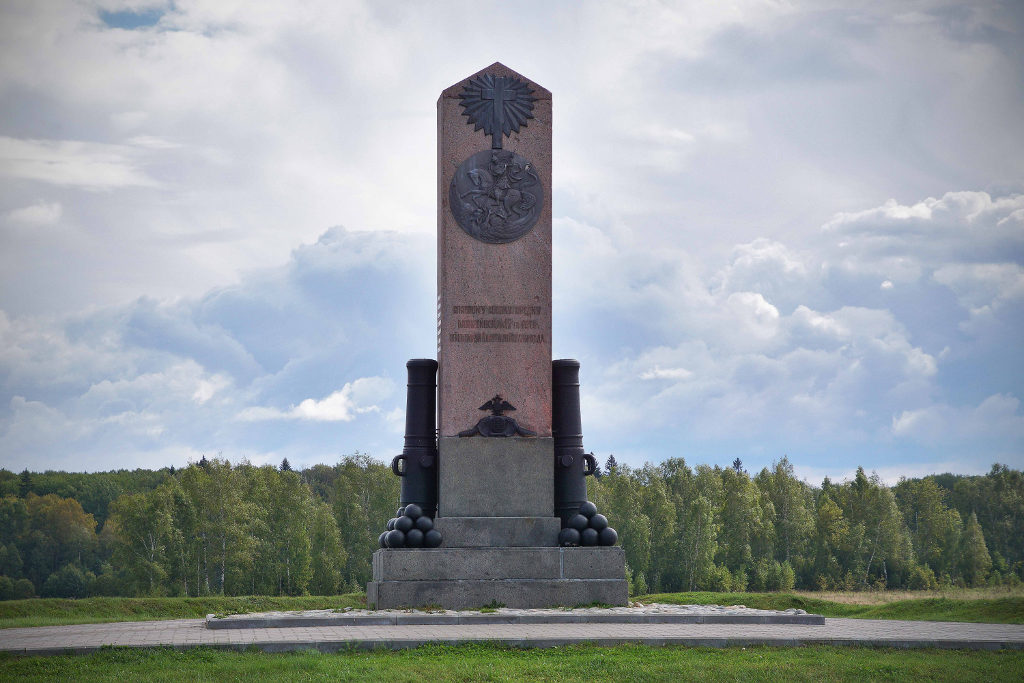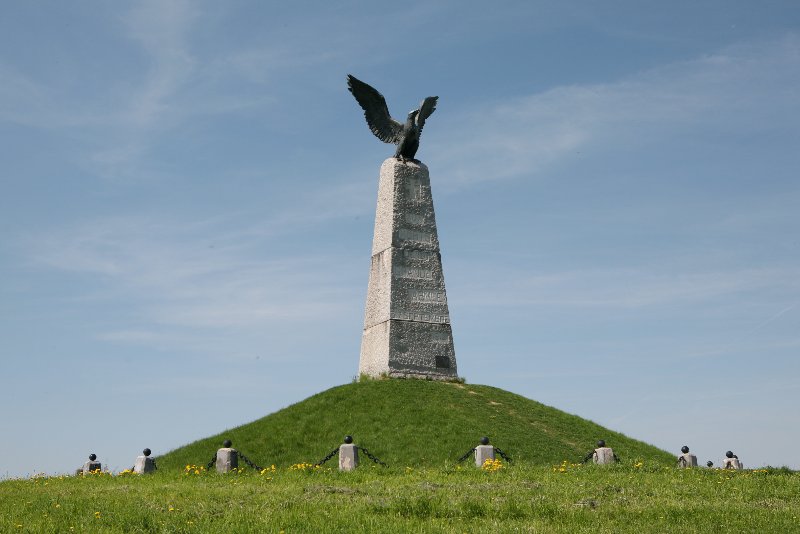Borodino Battle Field Tour
In September (but not this year, due to the virus situation), thousands of military history fans flock to Borodino, to commemorate the greatest battle ever fought by the Imperial Russian army. It was here on September 7th, 1812, that French and Russian forces clashed.
fans flock to Borodino, to commemorate the greatest battle ever fought by the Imperial Russian army. It was here on September 7th, 1812, that French and Russian forces clashed.
The fighting involved around 250,000 troops and left at least 68,000 dead, making Borodino the deadliest day of the Napoleonic Wars and the bloodiest single day in the history of warfare until the First Battle of the Marne in 1914.
Like Waterloo with the Britain and her Allies, and Gettysburg for the Union, Borodino became the signature battle that ultimately sowed the seeds of destruction for Napoleon’s Grand Armée in Russia.
We will tour the battle field, discovering the key monuments.
For example, soldiers under the command of Lieutenant General Raevsky displayed great courage. We will see the “Raevsky Redoubt,” a position fortified before the battle, and afterwards known as the «grave of the French cavalry.» It was certainly scene of the bloodiest fight of the battle, with the French eventually capturing the strategic point late into the day; and forcing the rest of the Russian army to pull back. While the Russians suffered terrible casualties during the fighting, losing over a third of their army, they saved the country.
Today you can see the main monument to the Russian army as well as the grave of general Bagration who played a crucial role in the war with Napoleon. The views from the location are beautiful.
The “Shevardinsky Redoubt” was the most heavily fortified stronghold of the Russian army, on the left flank. This fortification was designed for all-round defence and was located in the South-West part of the field. Field Marshal Kutuzov, one of Russia’s most celebrated military leaders, had ordered its construction earlier in August 1812 in anticipation of the French advance. The strategic fortifications prevented any sudden strike by Napoleon’s army, advancing from the West against the main forces of the Russian army.
Now, as monument to Captain Mozharov’s artillerymen, the Russian defenders of the Shevardinsky redoubt, one can see a solid granite obelisk with gun barrels and cannon balls.
In 1913, with the consent of the Russian government, the French installed their Memorial to the fallen soldiers of Napoleon’s Grand Armée. It is situated not far from Shevardinsky redoubt, on the site of Napoleon’s command post on that day of the Battle of Borodino.



